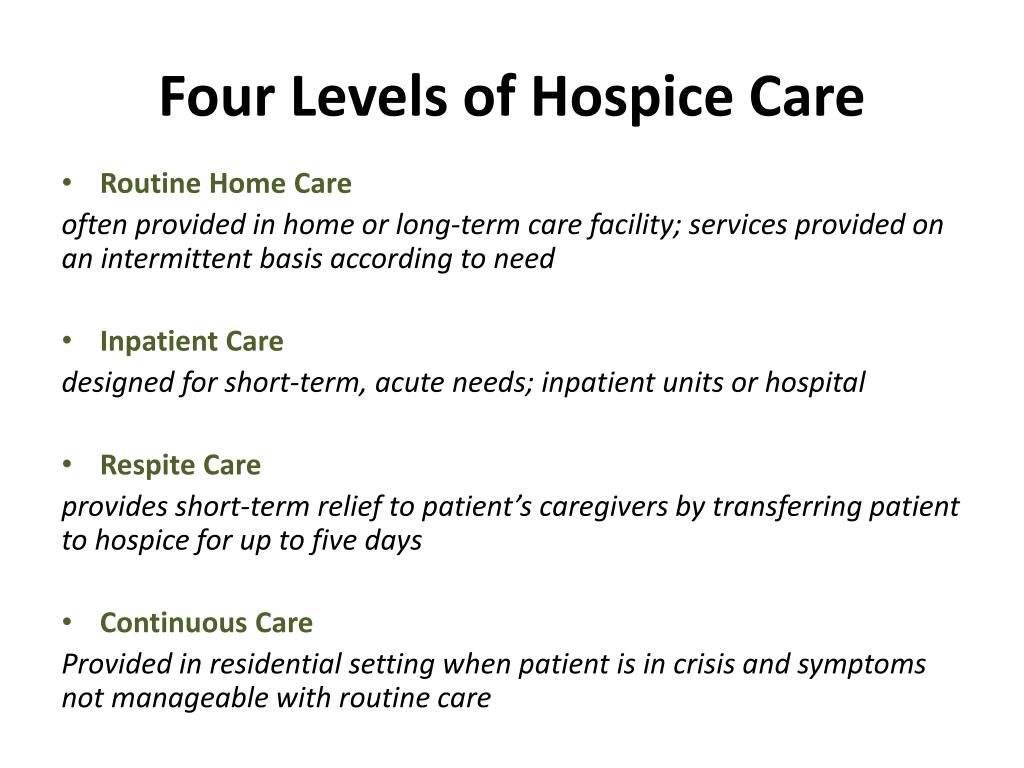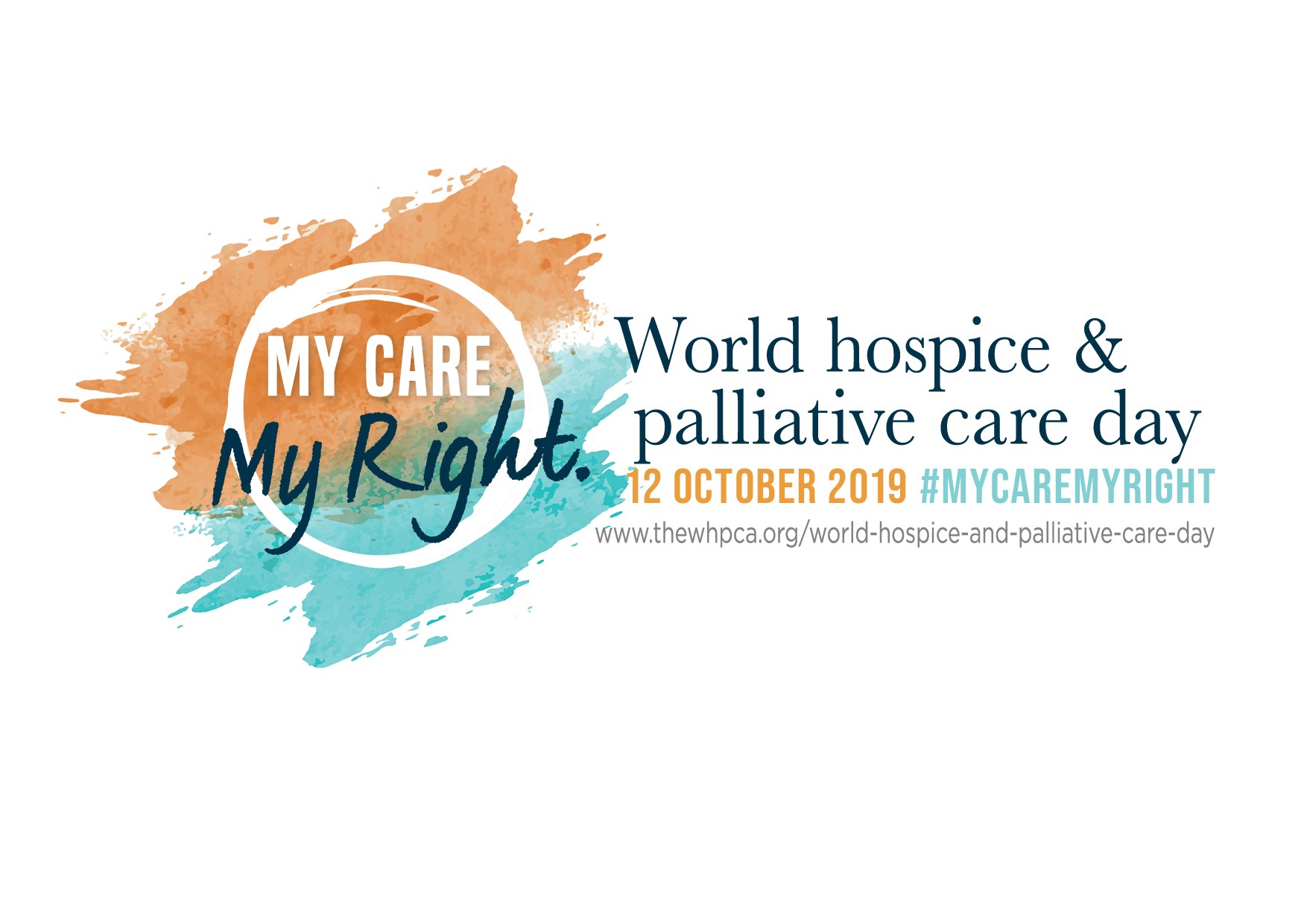
Your doctor can use bacteria testing to determine the right treatment for your condition or diagnose a certain type of illness. The tests can be used to detect resistance of bacteria to certain antibiotics. These tests can be used to maintain a patient's health and prevent future infections.
Bacterial culture tests (BC).
A bacterial culture test is a laboratory procedure that tests a sample from blood, urine or other tissues to determine whether it contains bacteria capable of causing an infection. The samples are sent to a lab, where experts use special techniques to make the cells multiply and grow. It allows them to examine the cells with a microscope and test them for chemical reaction that could show if certain types of anti-biotics are effective. The process can last from one to 5 days, depending upon the type of bacteria.
Antibiotics taken when not needed can cause an infection to become more difficult to treat, and even spread to others. Get a bacterial culturing done before you begin taking antibiotics.
If your doctor believes you have a serious bacterial infection (such as a cold, stomach bug or pneumonia), a culture of bacteria is recommended. These types of infections can be serious, especially if they are severe or don't go away with antibiotics.

What is a BC?
A blood sample will be sent to the lab and placed onto a plate made of medical jellies called agar. This agar dish helps to detect bacteria which can lead to an infection. After the agar dish is placed in an environment that is warm for a few weeks, it can be examined to see which microorganisms have grown. The agar dish can be used for determining which antibiotics will best kill the bacteria.
Dilution Test (DB)
Dilution tests are a way to test bacteria using multiple wells or tubes that contain a certain concentration of antibiotic. The higher concentration antibiotic in the well in which the test is performed will be diluted in order to reach a lower concentration.
There are several different types of dilution tests. The most common dilution methods are broth microdilutions, agar diluting, and selective dilution.
The results of these tests can be very useful, but they can also be confusing. Understanding what the results mean and how to interpret it is important.
PCR, ELISA, and swab test are all methods of determining what bacteria are in the body. These methods are based on the detection of the bacteria's DNA and an antibacterial antibody. To determine the type of bacteria, DNA from bacteria is compared with known species.

Some of these tests have a high sensitivity, which allows them to identify a single organism from a tiny amount of fluid. Others, like a whole genomic sequencing-based test for bacterial typing, can detect bacteria from a complete sample, such skin or swabs of blood.
Researchers have created a new technology for bacterial testing that can tell the difference between a viral infection and a bacterial one in less than an hour. It's great news for doctors who struggle to diagnose a patient because they can't distinguish between a viral and a bacteria infection.
FAQ
What is the difference of public health and health policies?
Both terms refers to the policies made by legislators or policymakers to change how health services are delivered. A decision to build or renovate a hospital could be taken locally, regionally, and nationally. Local, regional, and national officials may also decide whether employers should offer health insurance.
What are medical systems and what do they mean?
Medical systems are designed to help people live longer, healthier lives. They ensure that patients get the best care possible when they are in need.
They ensure that the appropriate treatment is given at a timely manner. They also provide information that doctors need to be able to offer the best advice possible on the most appropriate treatment for each patient.
What is the difference between a doctor and a physician?
A doctor refers to a person who is licensed to practise medicine and has completed his/her training. A physician is a medical professional who specializes in one field of medicine.
What are the health services?
The most important thing for patients to know is that they have access to quality healthcare at any time. We are here to help, no matter if you need an emergency appointment or a routine visit.
There are many options for appointments. These include walk-in clinics and same-day surgery. We also offer emergency department visits and outpatient procedures. We offer home care visits to those who live far from our clinic. You don't have to come into our office if you don’t feel at ease. We'll make sure that you receive prompt care at the local hospital.
Our team includes dentists and doctors as well pharmacists and nurses. Our goal is to make your visit as comfortable and painless possible.
What are the basics of health insurance?
Keep track of all your policies if you have health insurance. Make sure that you understand the plan and ask questions when you have doubts. Ask your provider for clarification or contact customer service if you are unsure.
When you need to use your insurance, don't forget to take advantage your plan's deductible. Your deductible refers to the amount you pay before your insurance starts covering the rest.
What are the different types of healthcare systems available?
Patients have limited control over the treatment they receive in this system. They will go to hospital B if they have an emergency, but they won't bother if there is nothing else.
The second system, which is fee-for-service, allows doctors to earn money based upon how many operations and tests they perform. If you don’t pay them enough they won’t do additional work and you’ll be twice as expensive.
A capitation system, which pays doctors based on how much they spend on care and not how many procedures they perform, is the third system. This encourages doctors and patients to choose less costly treatment options such as talk therapies over surgery.
What are the benefits of having medical systems?
People living in developing countries often lack basic health care facilities. Many people living in these areas will die before they reach their middle years from diseases such as tuberculosis.
People in developed countries get routine checks and see their general practitioners for minor ailments. Many people are still suffering from chronic diseases like heart disease and diabetes.
Statistics
- For the most part, that's true—over 80 percent of patients are over the age of 65. (rasmussen.edu)
- Consuming over 10 percent of [3] (en.wikipedia.org)
- Foreign investment in hospitals—up to 70% ownership- has been encouraged as an incentive for privatization. (en.wikipedia.org)
- About 14 percent of Americans have chronic kidney disease. (rasmussen.edu)
- Healthcare Occupations PRINTER-FRIENDLY Employment in healthcare occupations is projected to grow 16 percent from 2020 to 2030, much faster than the average for all occupations, adding about 2.6 million new jobs. (bls.gov)
External Links
How To
What are the key segments in the Healthcare Industry?
The healthcare industry is made up of key segments such as medical devices, pharmaceuticals and diagnostics, biotechnology, therapy, health information technology, medical equipment, and other medical devices.
Defibrillators, blood pressure monitors (defibrillators), stethoscopes, and ultrasound machines are some examples of medical devices. These devices are designed to diagnose or prevent disease.
Pharmaceuticals can be used to treat symptoms or cure diseases. These include antibiotics.
Diagnostics are tests that are performed by labs to diagnose illness or injury. Some examples include blood tests and urine samples.
Biotechnology is the use of living organisms, such as bacteria, to create useful substances that can then be applied to humans. Some examples include insulin, vaccines, and enzymes.
Therapeutics are the treatment of diseases and symptoms that is administered to people to relieve them. They may involve drugs, radiation therapy, surgical interventions, etc.
The computer software programs called health information technology help doctors and their teams to manage patient records. It helps them track which medications are being taken, when they should be taken, and whether they are working properly.
Anything used to diagnose or treat illnesses and conditions, such as diabetes, is medical equipment. Dialysis machines, pacemakers and ventilators are just a few examples.